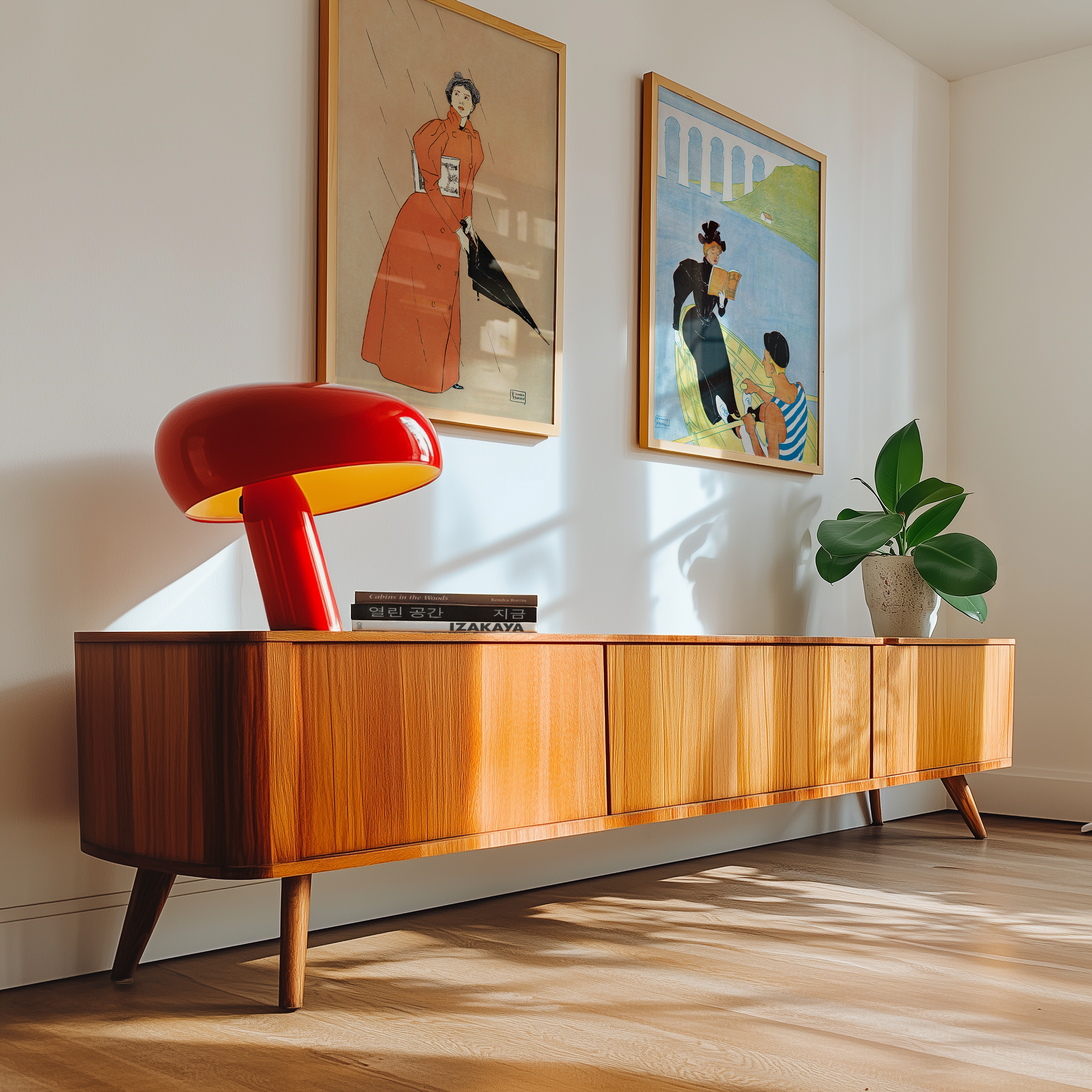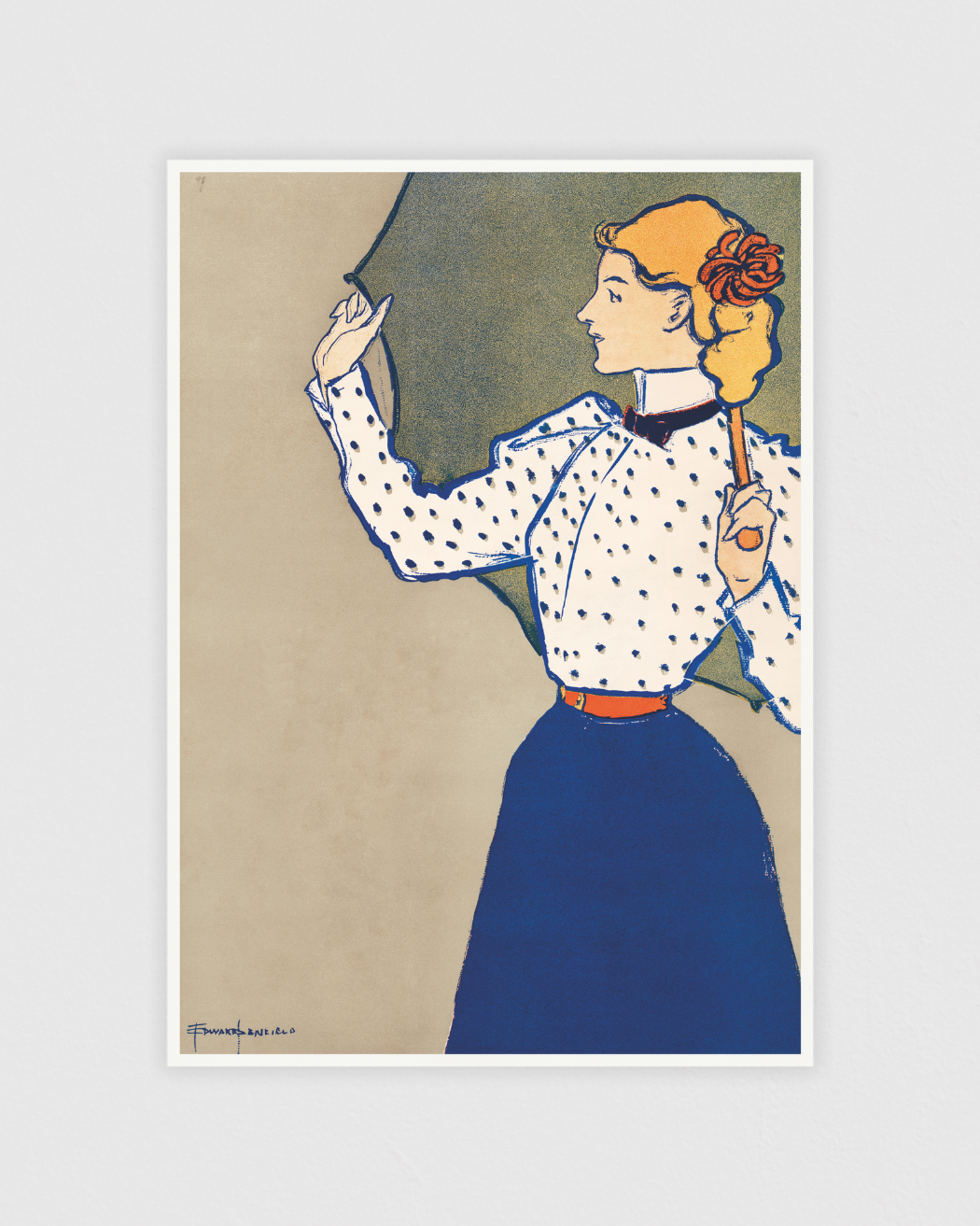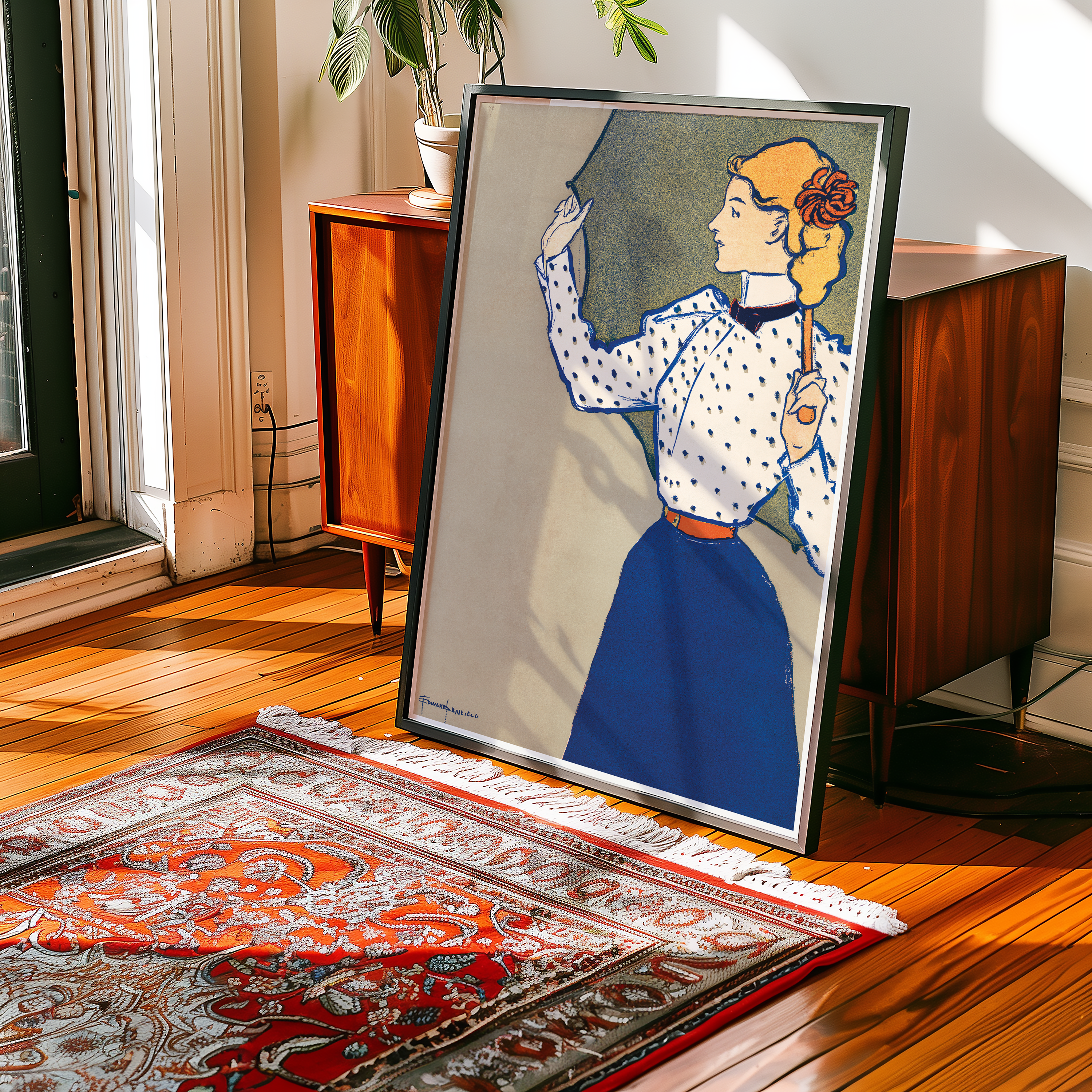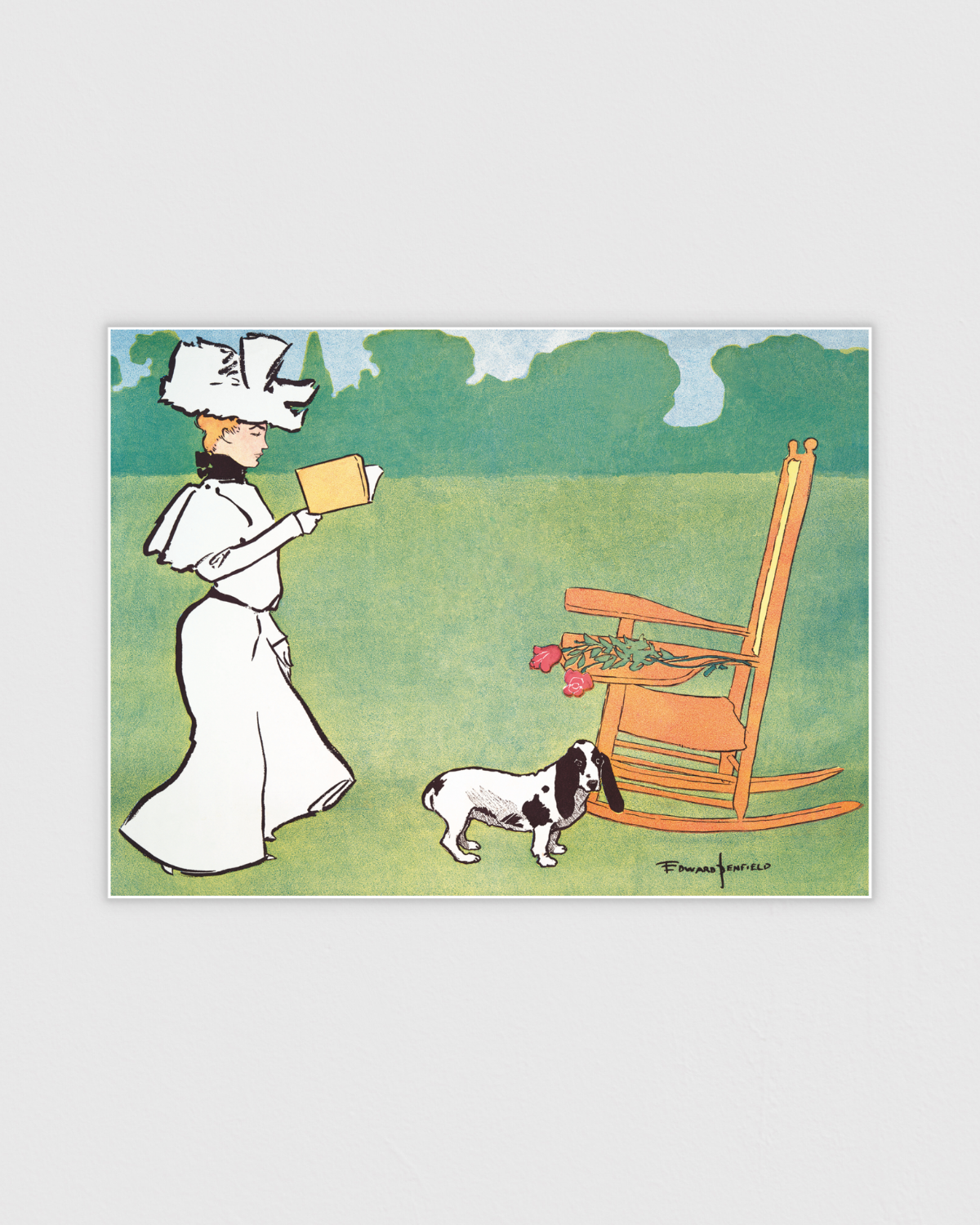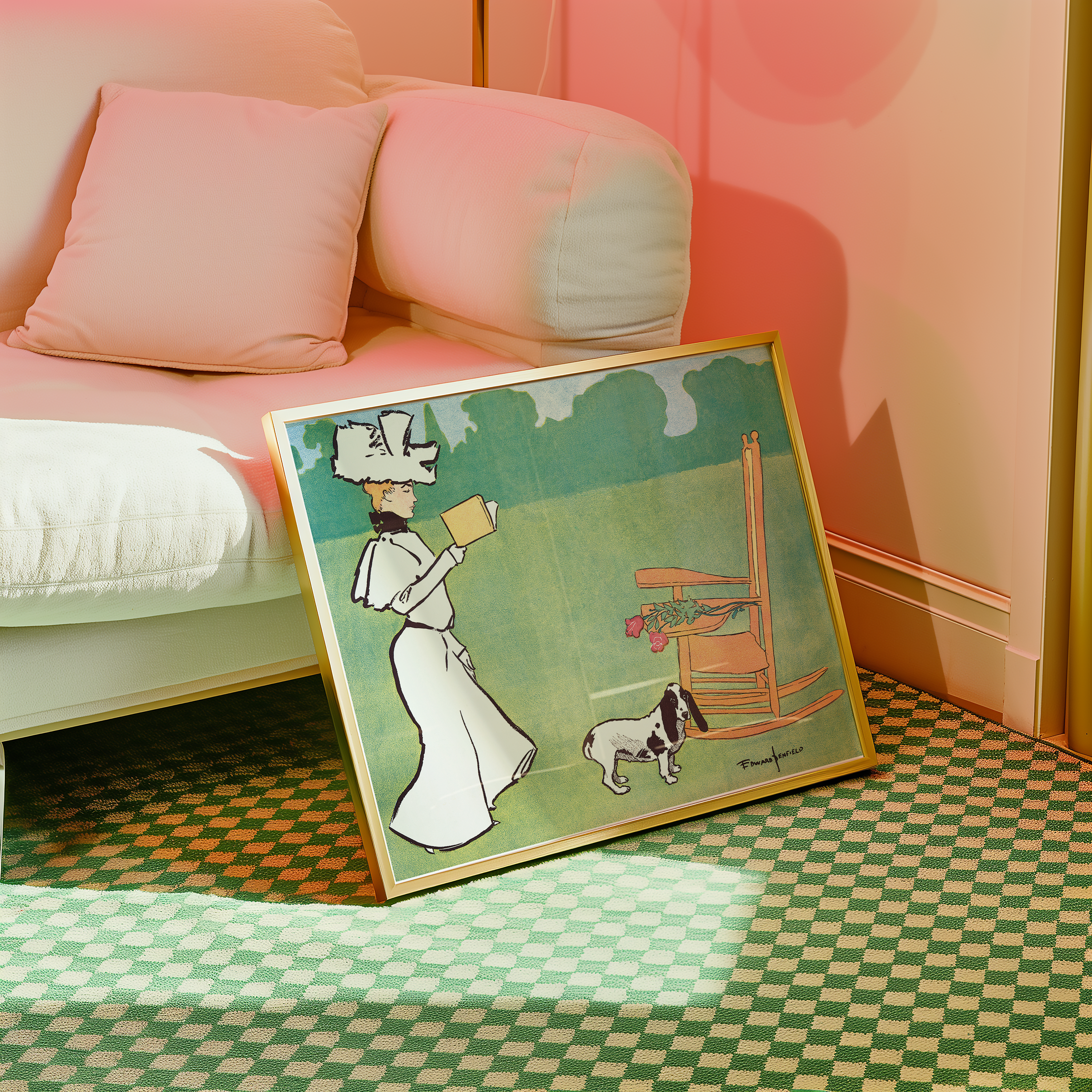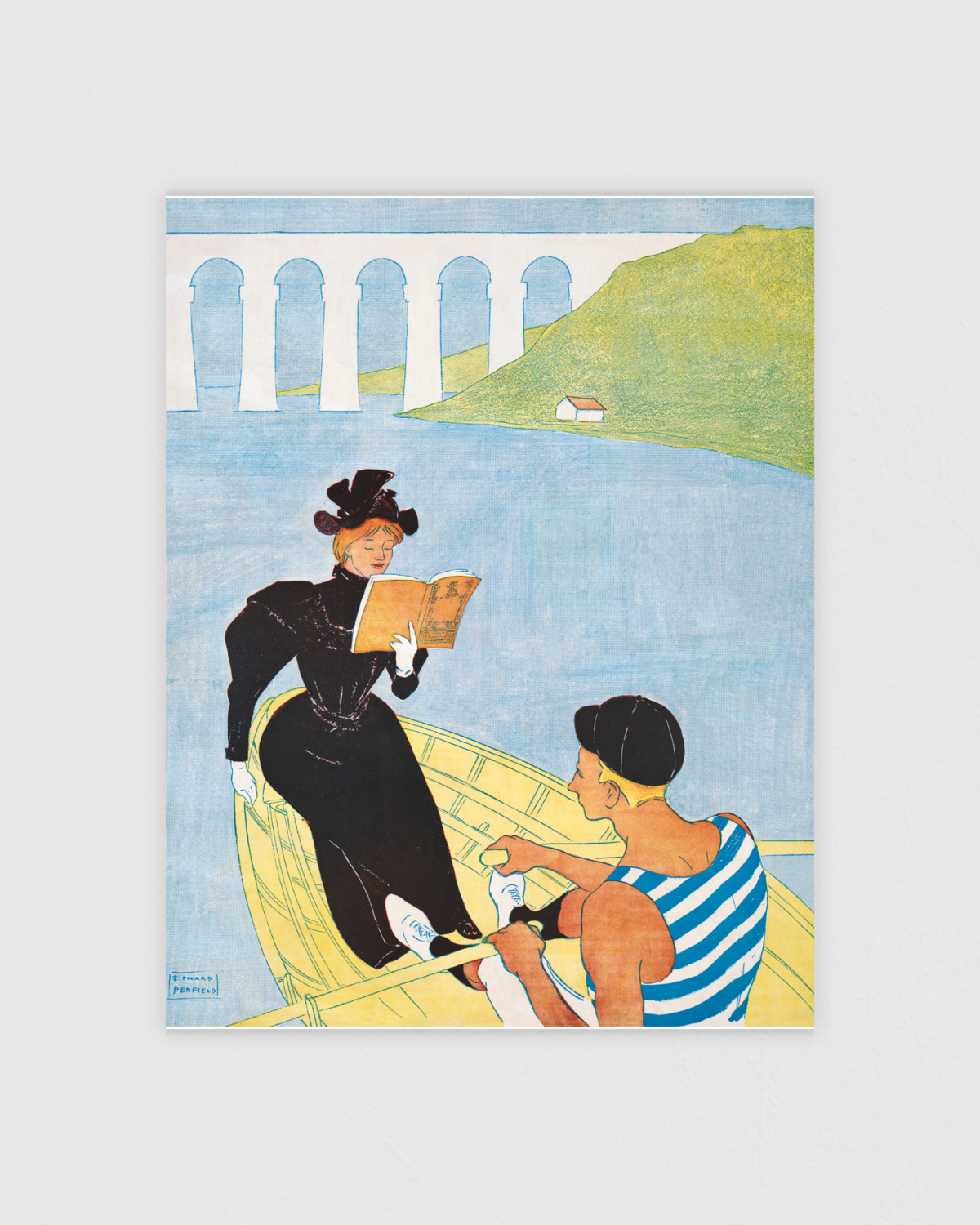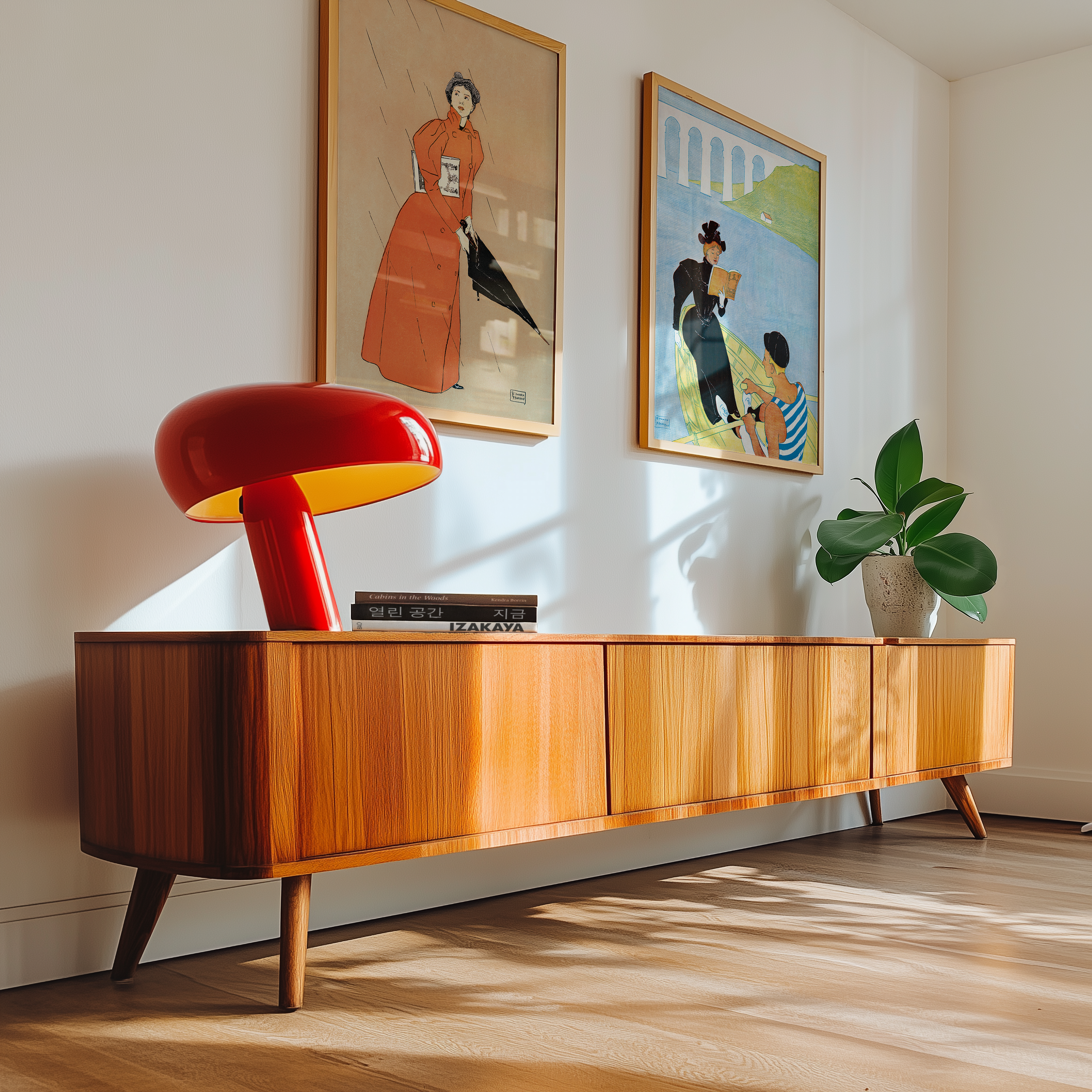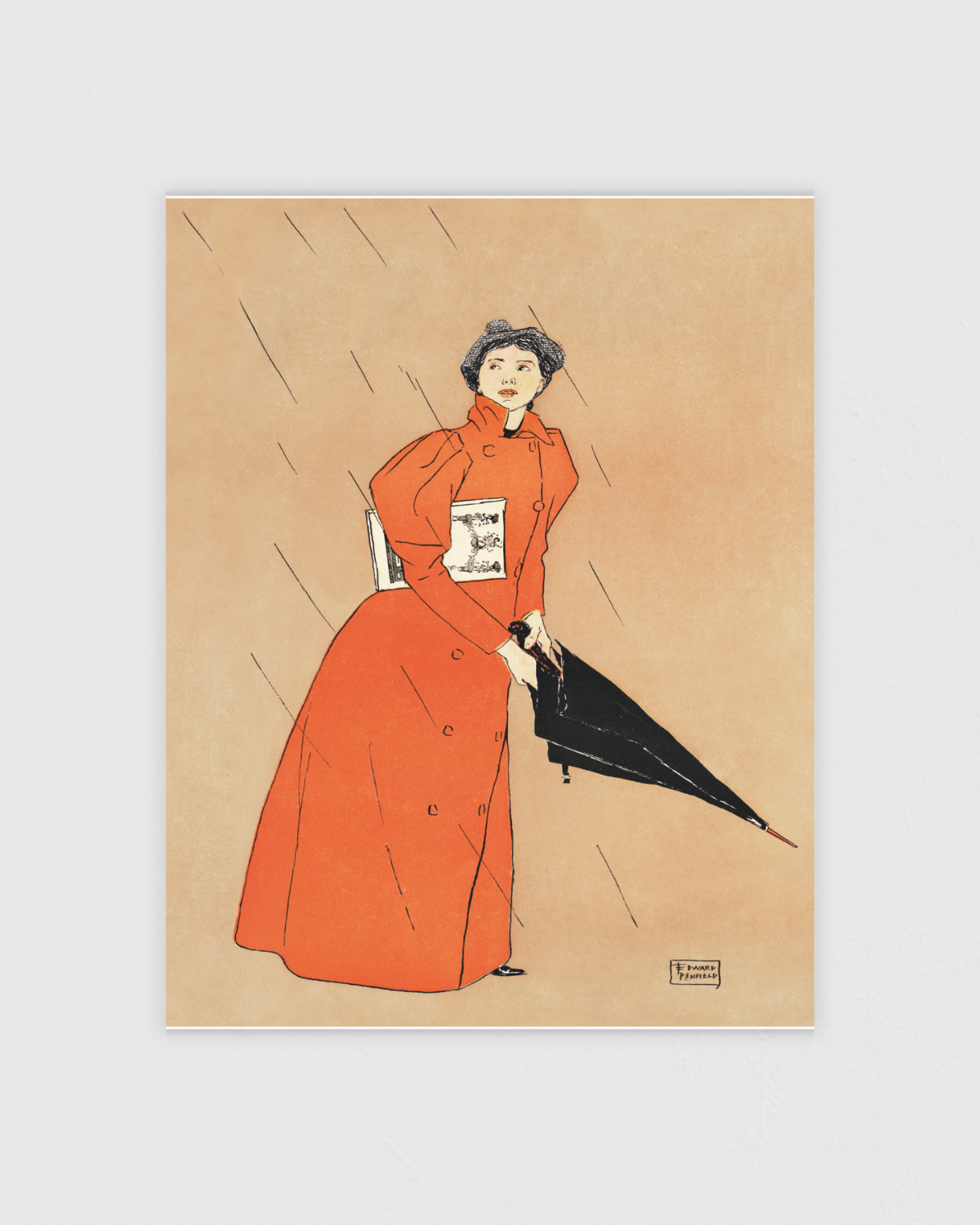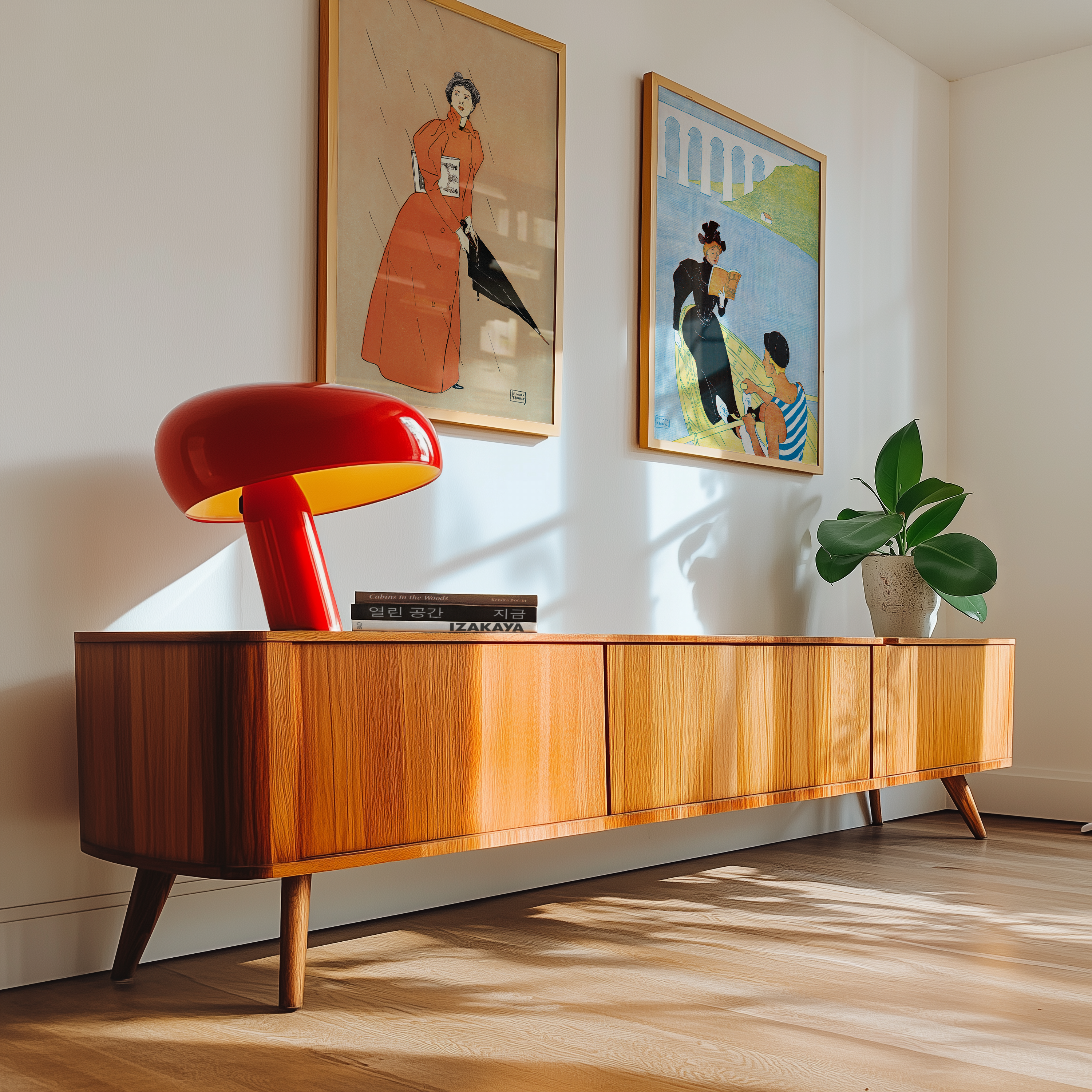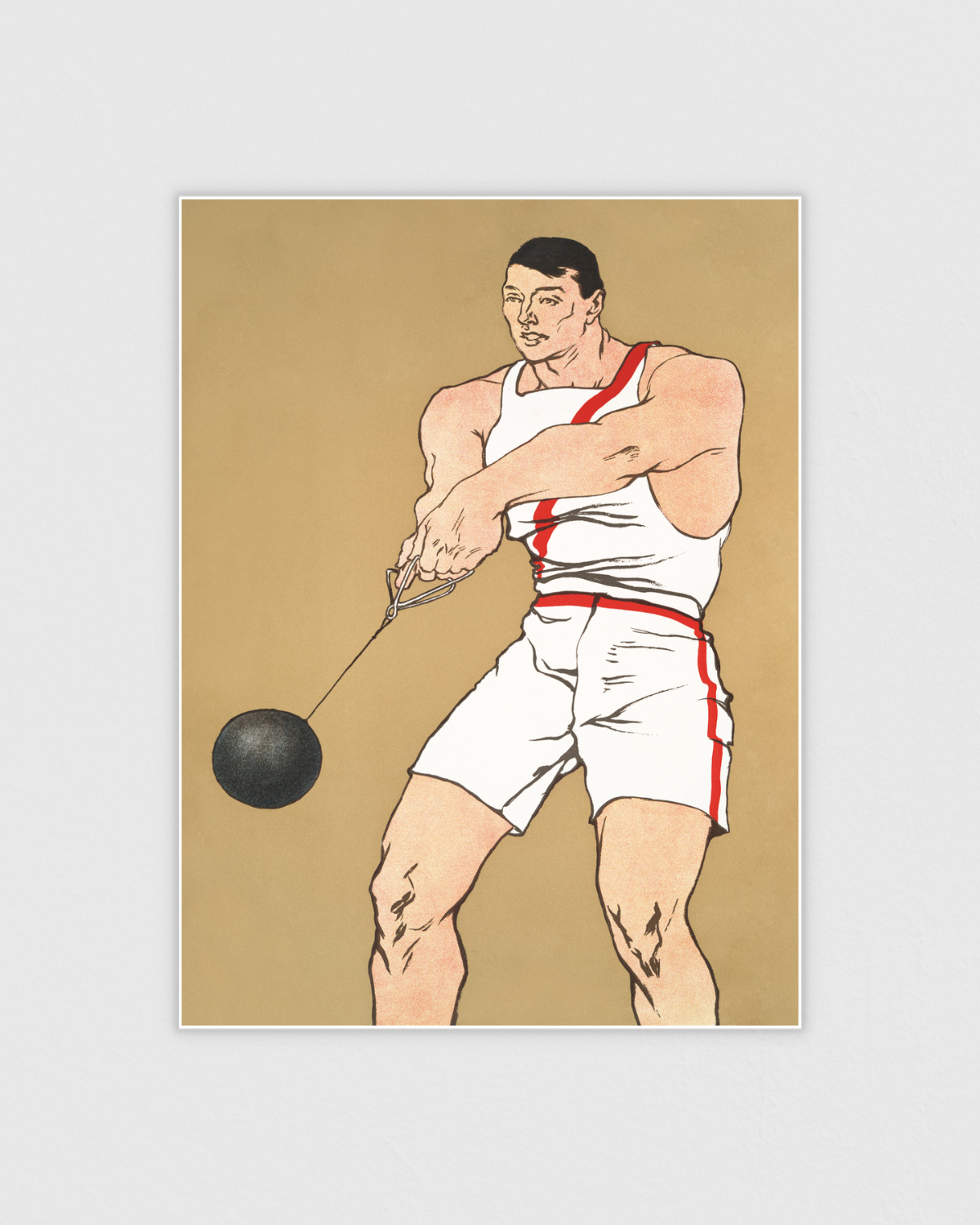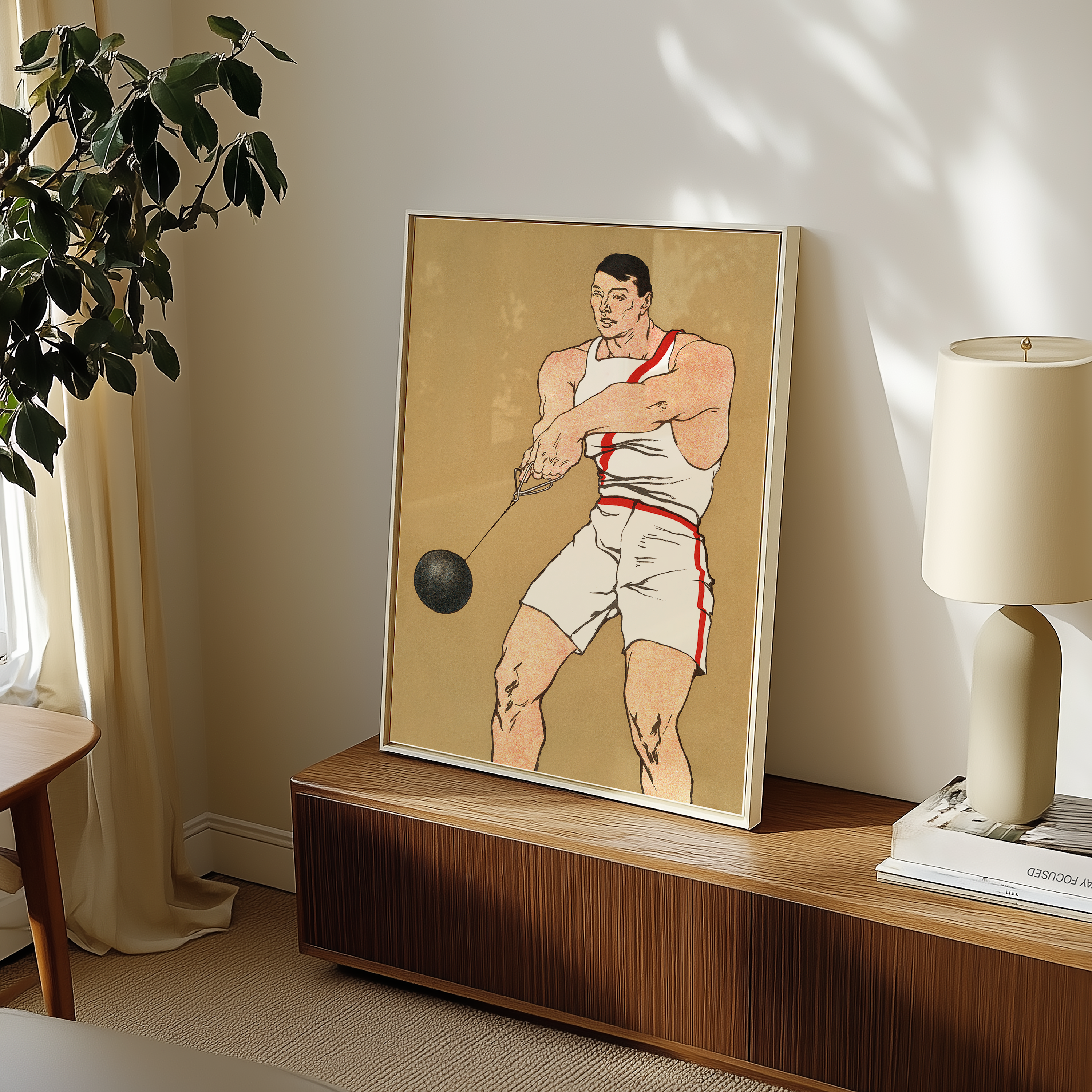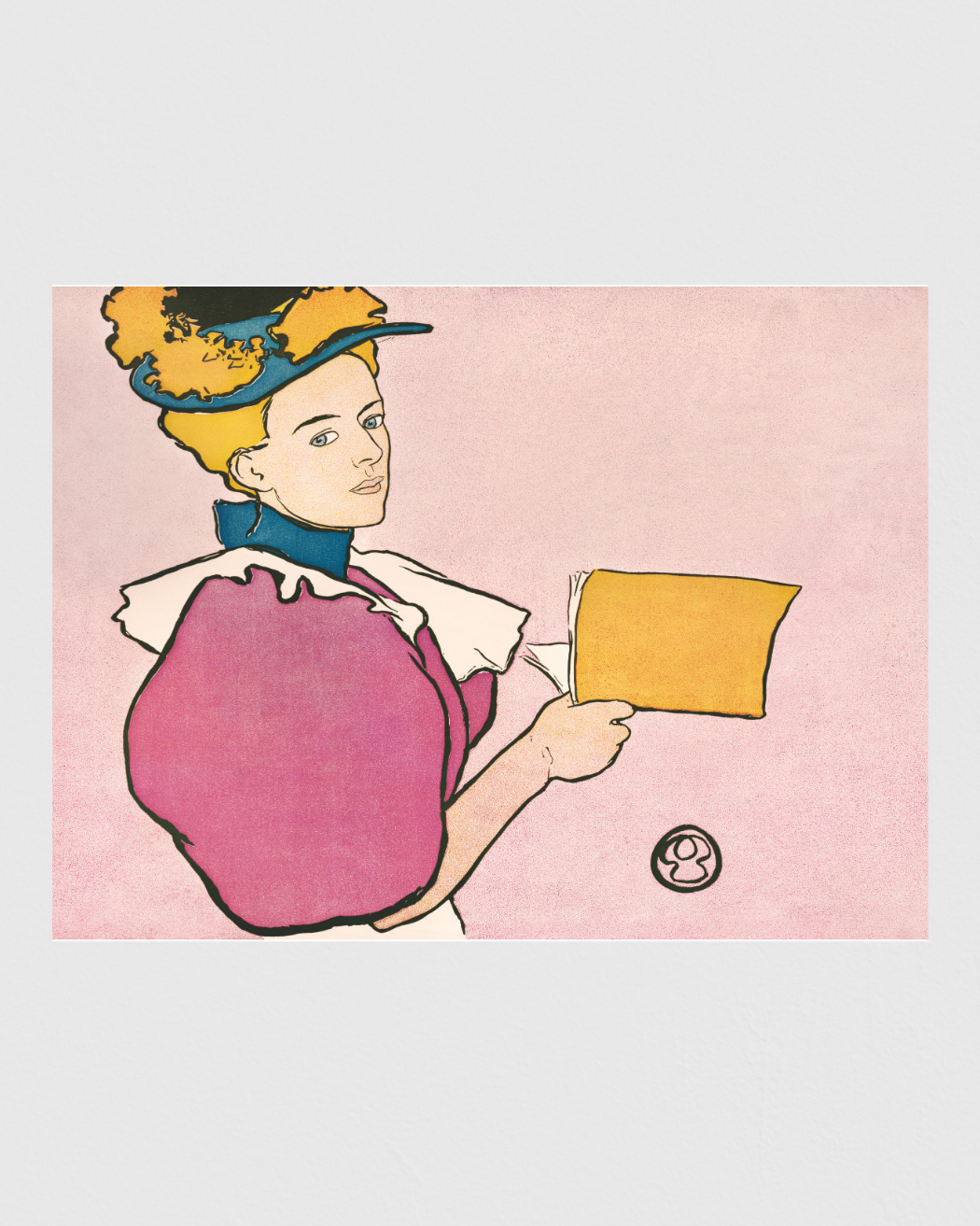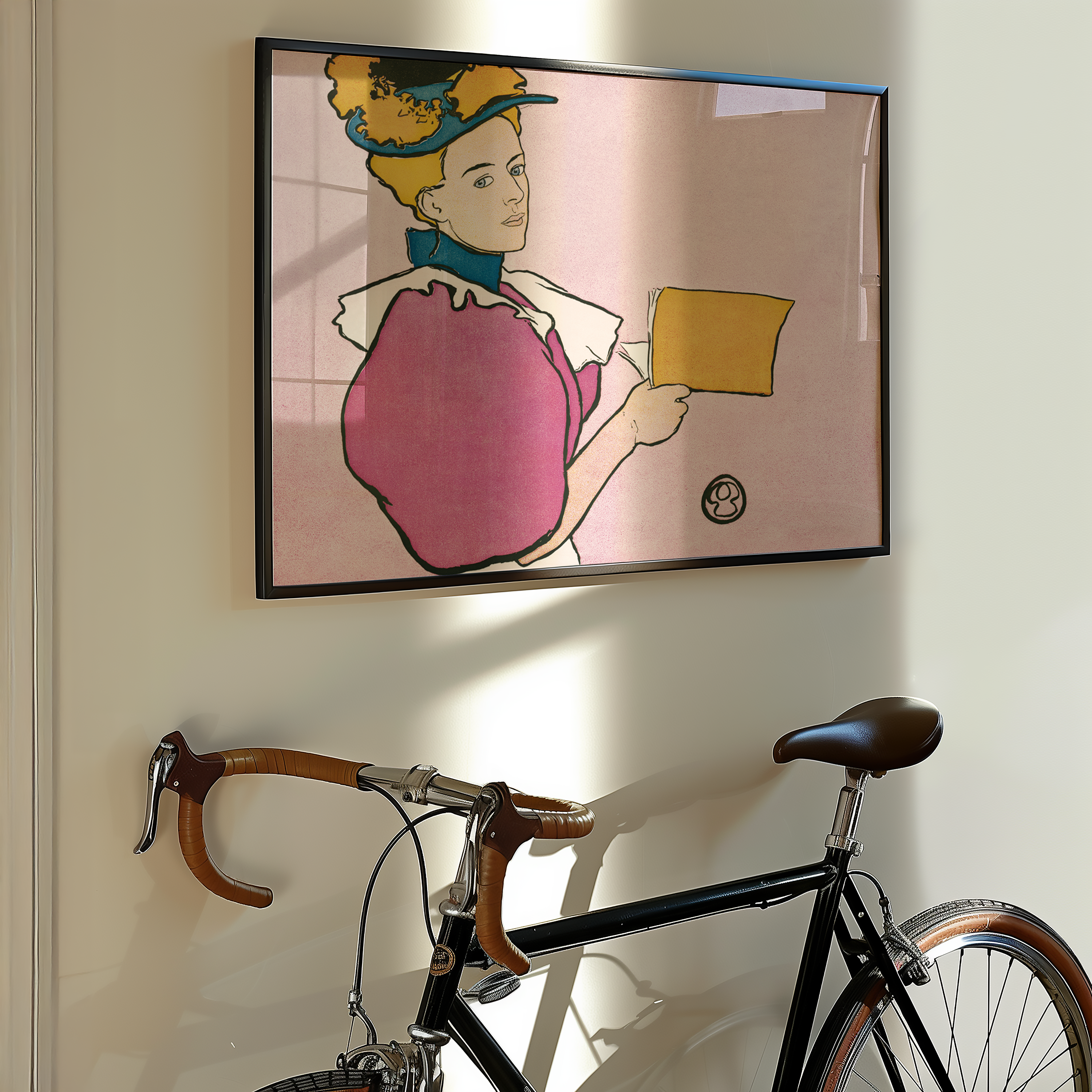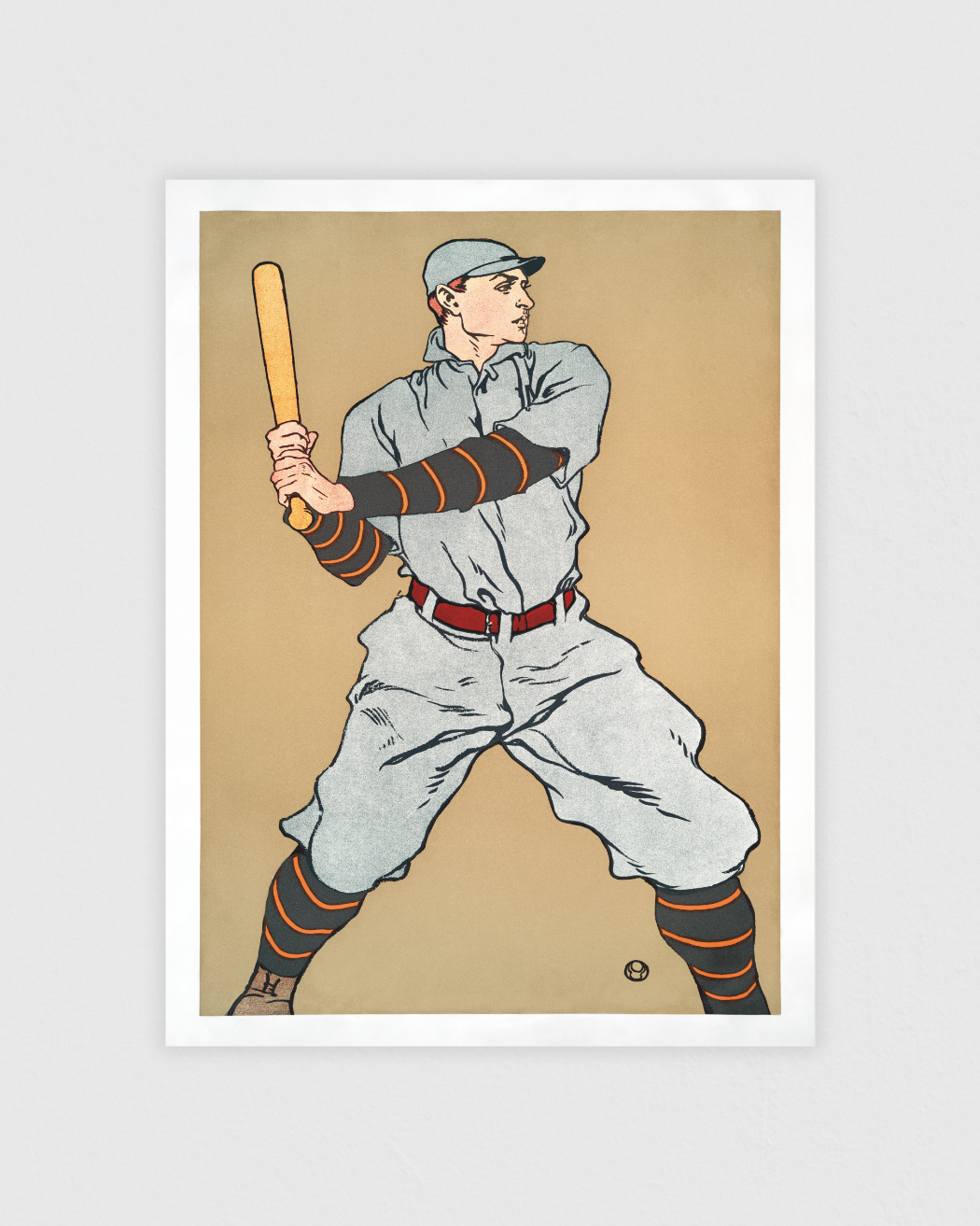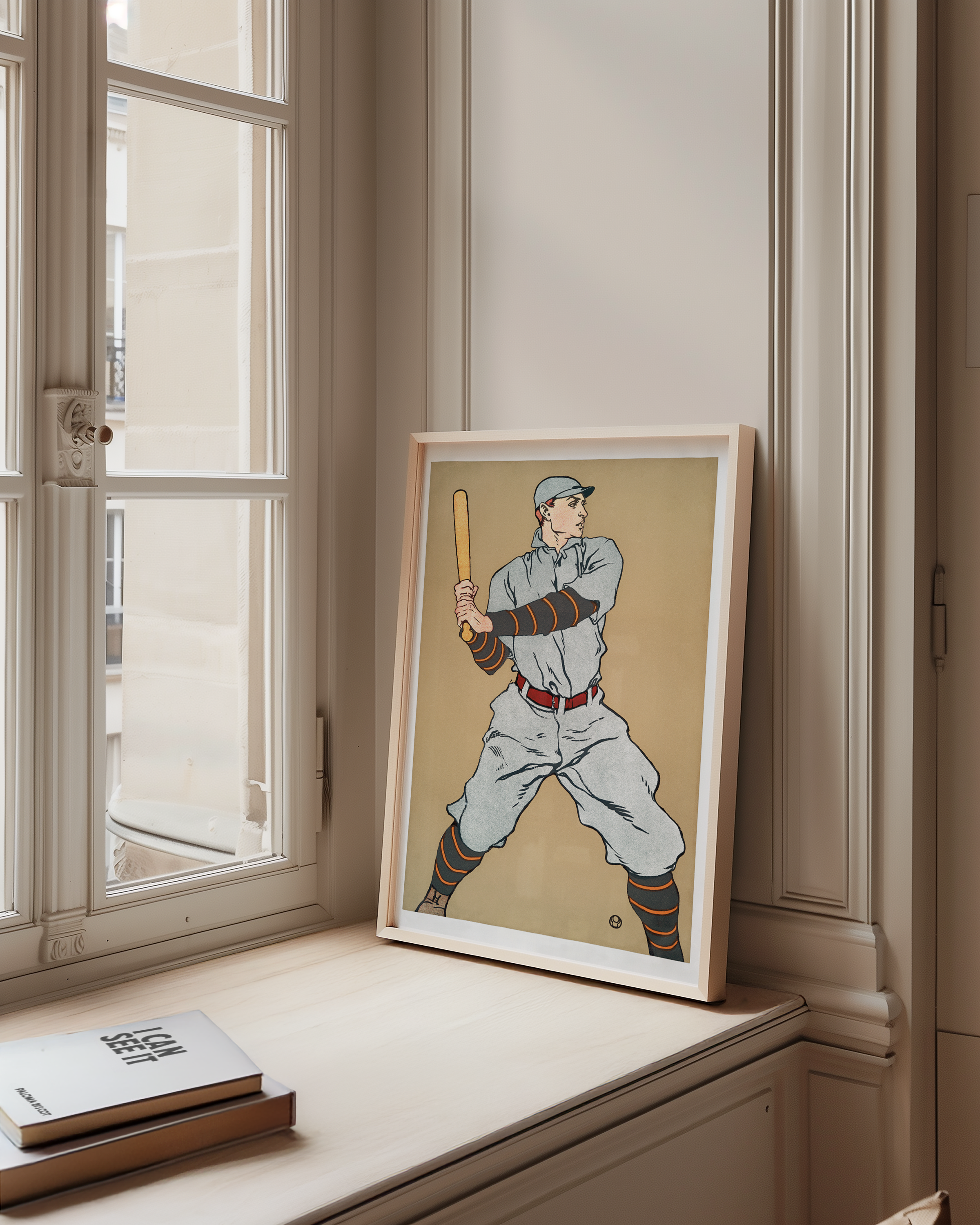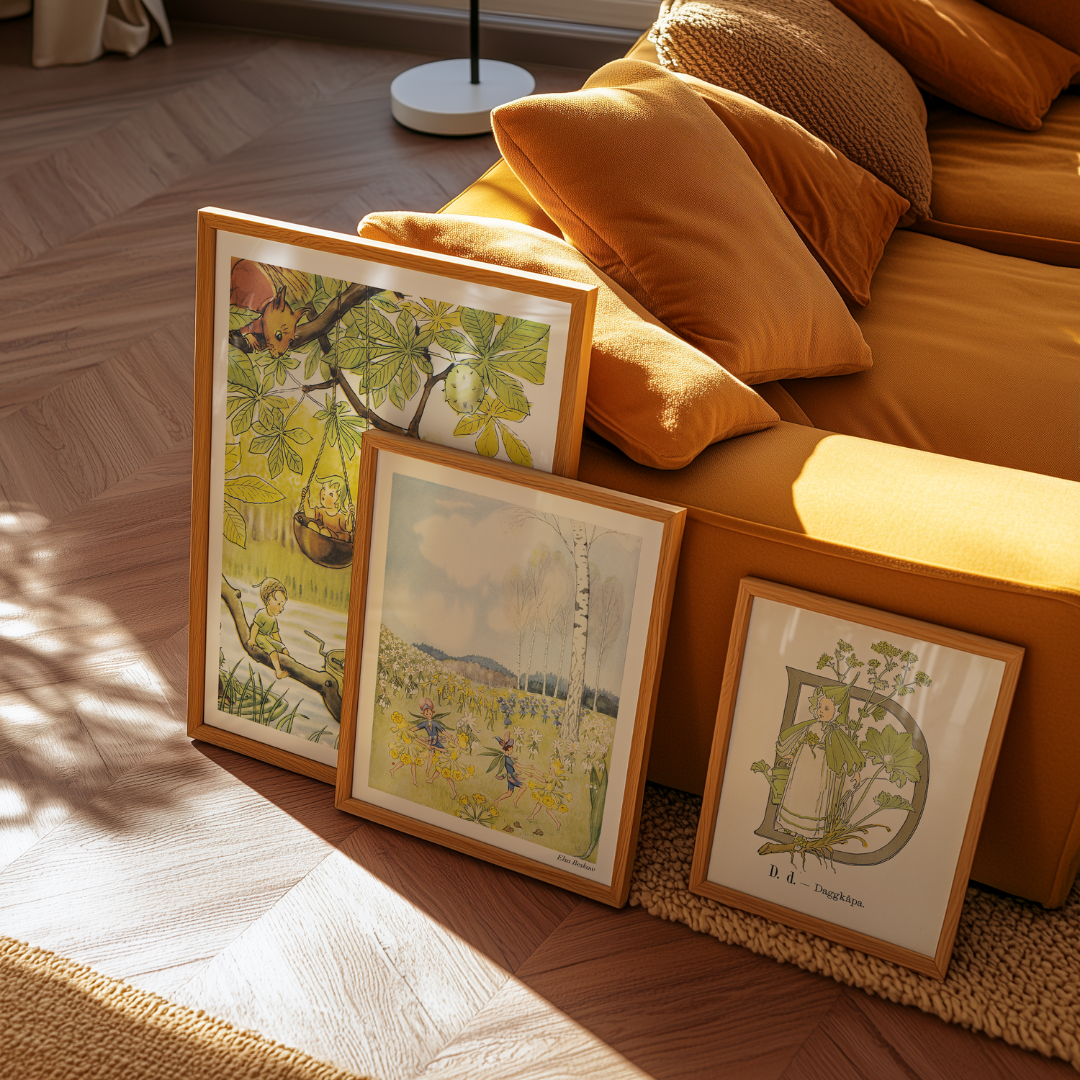Edward Penfield is often called the father of the American poster, and for good reason. At the turn of the 20th century, he helped transform posters from simple advertisements into true works of art. His innovative style not only shaped how posters were designed, but also influenced how people viewed visual communication in everyday life.
A new visual language
Penfield’s posters stood out through their bold use of flat colors, simplified shapes, and clear compositions. Inspired by Japanese prints and European poster art, he managed to create a uniquely American expression that was both modern and accessible. Instead of overwhelming detail, his works offered clarity and impact, making them easy to recognize from a distance.
Posters for Harper’s Magazine
His breakthrough came with a series of posters for Harper’s Magazine, where each design reflected the season, mood, and reading culture of the time. These posters were not only promotional tools, but also collectible artworks in their own right. By blending graphic design with fine art, Penfield blurred the line between commerce and creativity.

Influence on modern design
Penfield’s approach laid the groundwork for modern advertising art. His focus on simplicity, readability, and strong visual identity can be seen in everything from mid-20th century graphic design to today’s branding. That is why many of his posters are still exhibited in museums and sold as prints for contemporary interiors.
Why his posters feel timeless
What makes Edward Penfield central in poster history is not only his artistic talent but also his ability to connect with a wide audience. His posters combine elegance with everyday relevance, something that continues to resonate today. Whether displayed as vintage-inspired wall art or studied for their historical value, his works embody the essence of poster art as both decoration and communication.


